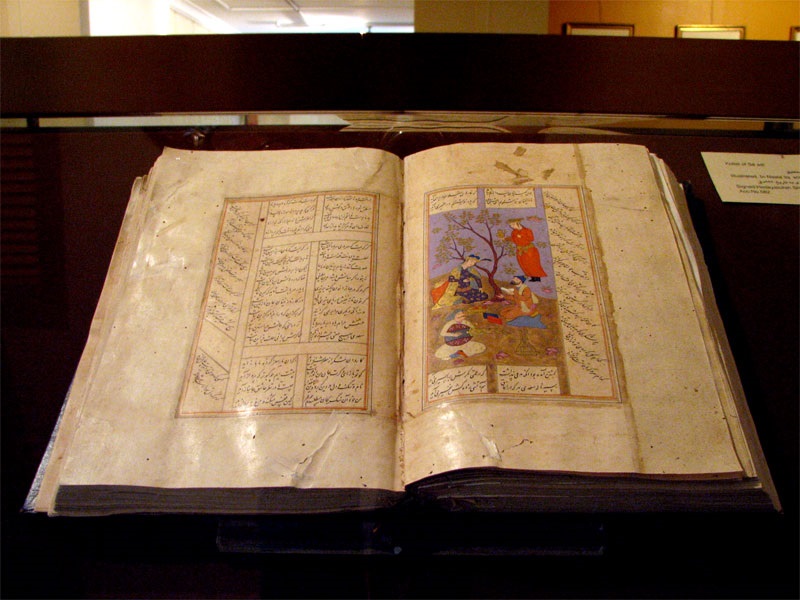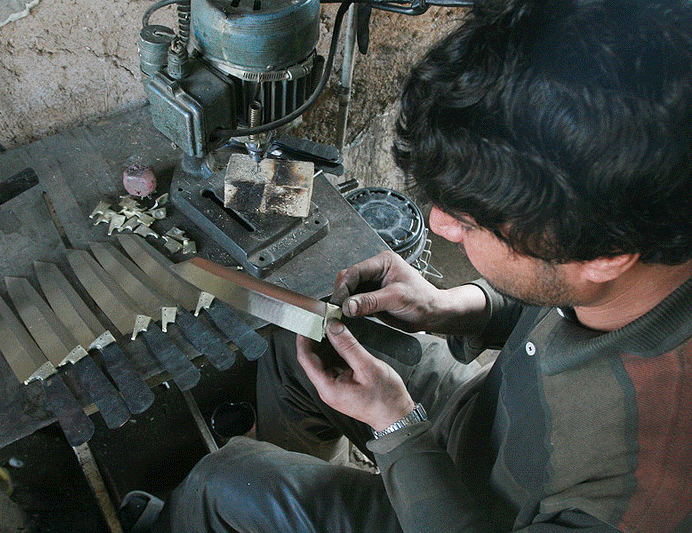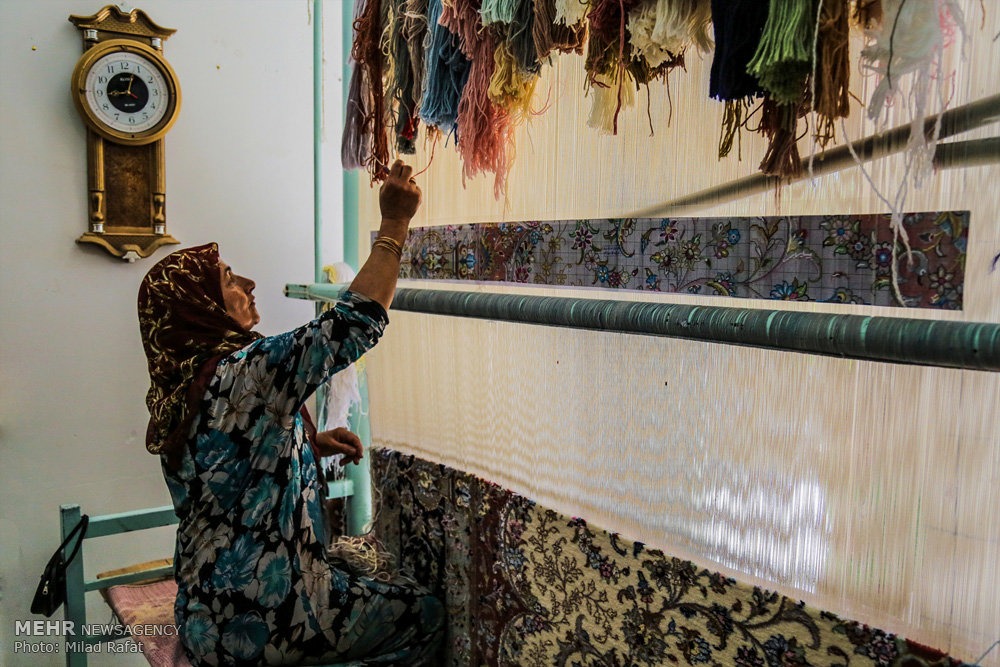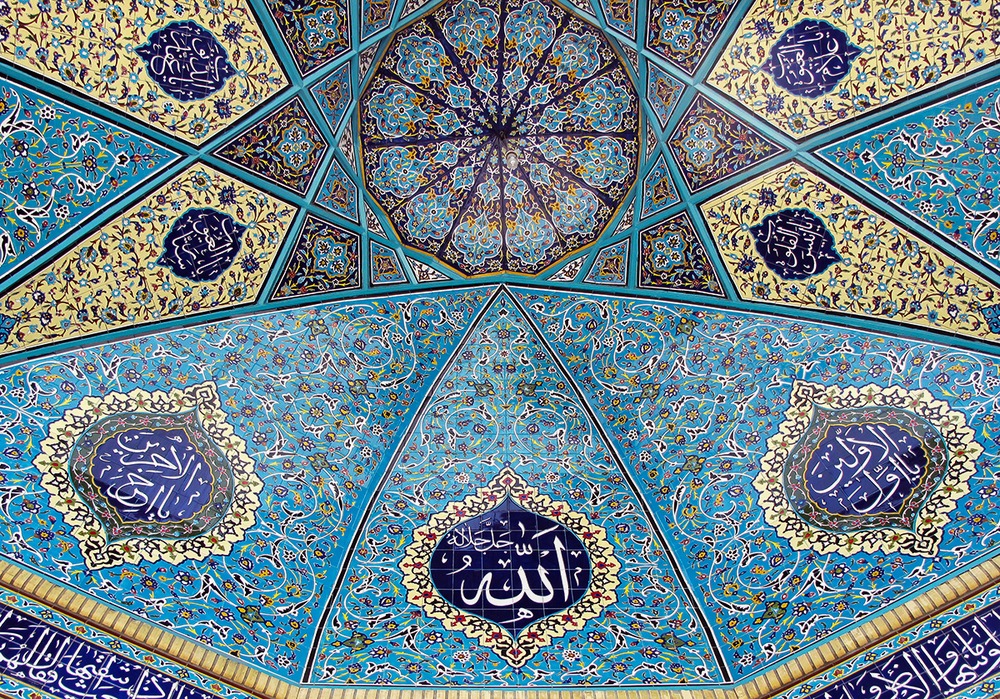
Meybod Pottery; Creating Artifacts from Lifeless Soil
One of the handcrafts that has spread in Meybod of Yazd Province is pottery. Meybod pottery is an ancient art that has evolved over time and today resulting in the production of very beautiful artifacts.
The History of Meybod Pottery
The art of Meybod pottery is more than a thousand years old. Fragments of colored pottery have been found in Narin Castle, which is known as the oldest government citadel in the world with a history of about four thousand years.
In the past, there were pottery workshops in different parts of Meybod. These workshops extended to “Bashnighan”, the central neighborhood of Meybod, and pottery furnaces operated within the city limits until 40 years ago. However, the workshops and furnaces have been moved to a location outside the city.
Pottery Workshops in Meybod
Meybod pottery workshops range from 100 to 1000 square meters. They use clay soil that is abundantly available in the region.
In the past, each of the pottery masters put a special mark on their product and, in a way, signed it. In addition to showing the authenticity of the product, this act was considered a kind of guarantee, and if the customer saw a defect in it, he could have it replaced.
Types of Meybod Pottery
Meybod potteries are produced in two ways, which are based on the raw materials used. The raw materials of Meybod pottery are of two types:
• Clay,
• White soil, which is a combination of quartz, kaolin, and silica.
Clay pottery is also produced in two types: white and colored. Jars and vases are usually produced with white clay. In contrast, colored pottery has different colors and small and large pots are produced using it.
Another type of pottery called “Kashi” or “Nani” (abbreviated form of Naini) is also produced in Meybod.
The Stages of Making Pottery with Clay
Due to the fact that the soils around Mibid pottery workshops do not have the necessary adhesion, the clay is transported there from a further distance. Before starting the pottery production process, the clay is pounded so that its lumps are softened and it can absorb water more easily. After that, they add water and knead the mud so made. The mud obtained from this process keeps moisture for 15 days and can be used in producing pottery.
When the mud is ready, it is divided into parts and each of these parts is kneaded separately on a flat stone similar to a millstone so that it is ready for the next steps.
The pottery wheel is a device consisting of a circular wooden surface with a vertical axis. In the traditional pottery method, a pedal was installed at the bottom of the pottery wheel, which the potter rotated with his foot, but today, the necessary force to rotate the pottery pedal is provided by mechanical devices. The desired shape of the pottery is created on the pottery wheel, then the molds are placed in the sun to dry. After a while when the moisture is reduced, an image is created on white clay artifacts, which is called “Suzani”. At this stage, colored pottery is covered with a pre-prepared glaze instead of a Suzani pattern.
The next stage is baking the semi-dry pottery in the furnace in a precise method so that the entire surface of the pottery receives the same amount of heat and does not become fragile.
Stages of Making Pottery with Silica Soil
The stone needed to make this type of pottery, which is also called “Kashi”, is imported from Qazvin Province, which is many kilometers away from Meybod. When making the raw material of this type of pottery, some glass powder is added to it in order to prevent it from cracking.
This type of pottery must be placed in the furnace twice. After being baked and cooled down twice, the patterns desired by the artist are created on them.
Coloring the Pottery
The method used for coloring Meybod pottery is called “Zir Rangi” (the base color). After coloring the pottery, it is glazed with the material, which contains glass powder. After crushing and grinding the glass, they add some water, tragacanth, and sometimes copper swarf to form a thick liquid. This liquid is spread over the entire surface of the pottery and it is returned to the furnace.
Motifs Used in Meybod Pottery
In the past, creating patterns on pottery was very difficult and laborious. On the one hand, it was difficult to supply color from raw plant materials, and on the other hand, implementing the patterns required a lot of mastery. But today, with the expansion of chemical products, green, blue, black, and red colors are abundantly available to potters.
Different types of motifs are drawn on the potteries, some of which are: fish, sun, bird or yellow-faced grassquit hurg, chit, kamar, zolf-e arus, triumphal arch, crown, horse rider. Among these designs, fish, sun, chit, and bird (sparrow) are more common.
The motif of the sun is one of the frequent motifs of Meybod pottery, which is an image of the warm and bright sun of the Meybod region. Other motifs on Meybod are inspired by the life and history of this city.
| Name | Meybod Pottery; Creating Artifacts from Lifeless Soil |
| Country | Iran |
| Cities | |
| Works | Glass, pottery and ceramics |
| Registration | National |
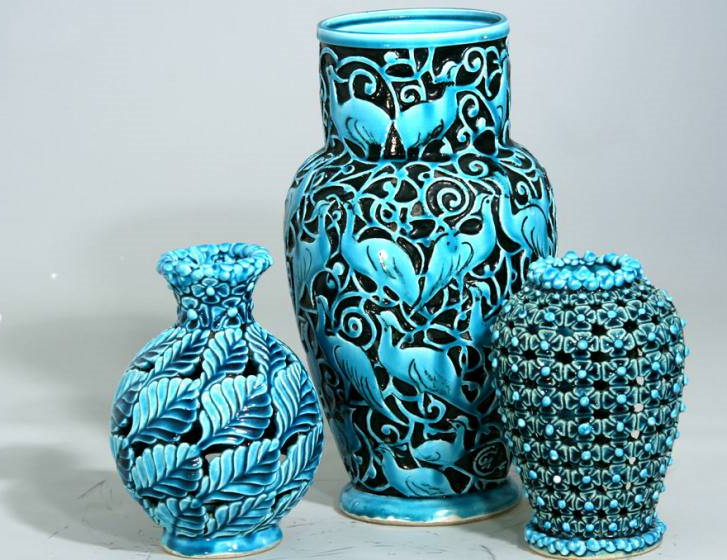
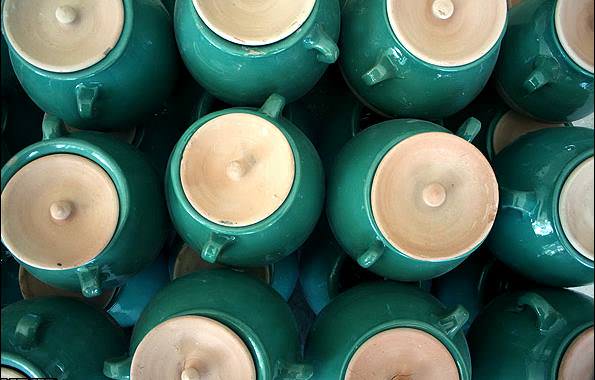
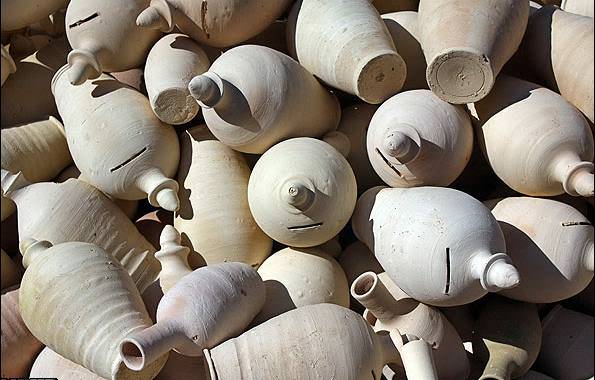
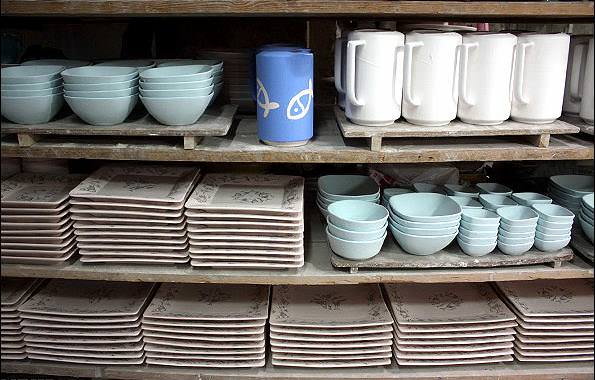




Choose blindless
Red blindless Green blindless Blue blindless Red hard to see Green hard to see Blue hard to see Monochrome Special MonochromeFont size change:
Change word spacing:
Change line height:
Change mouse type:
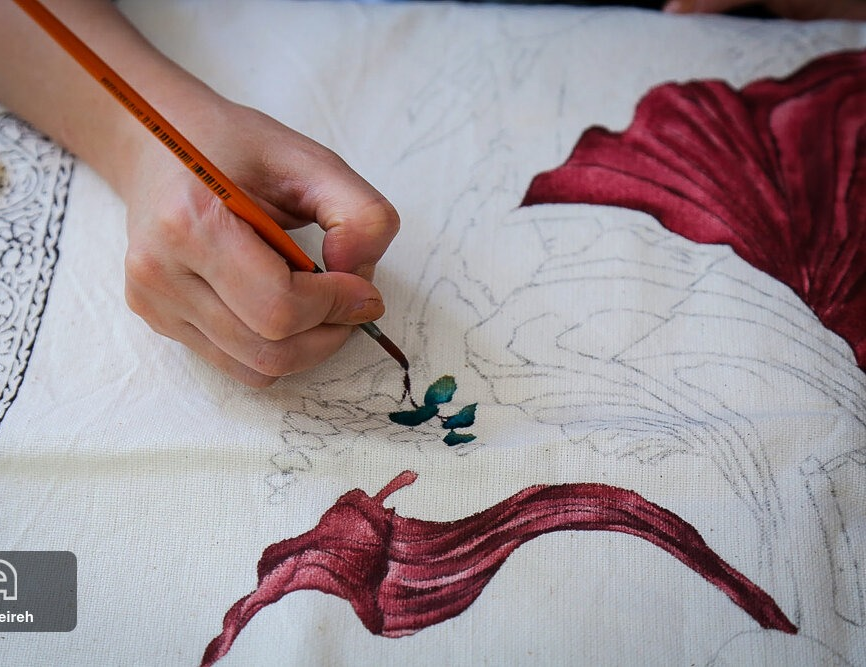
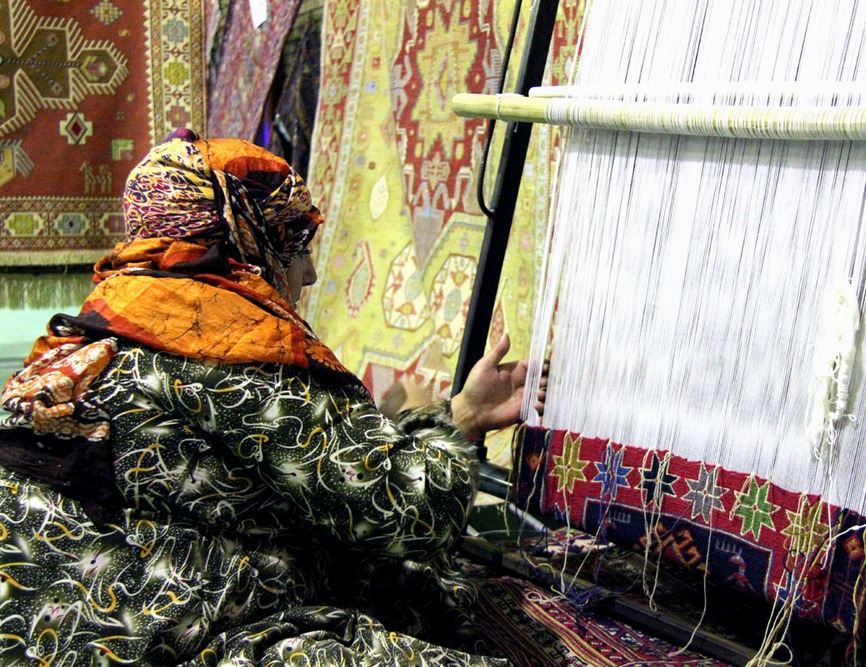
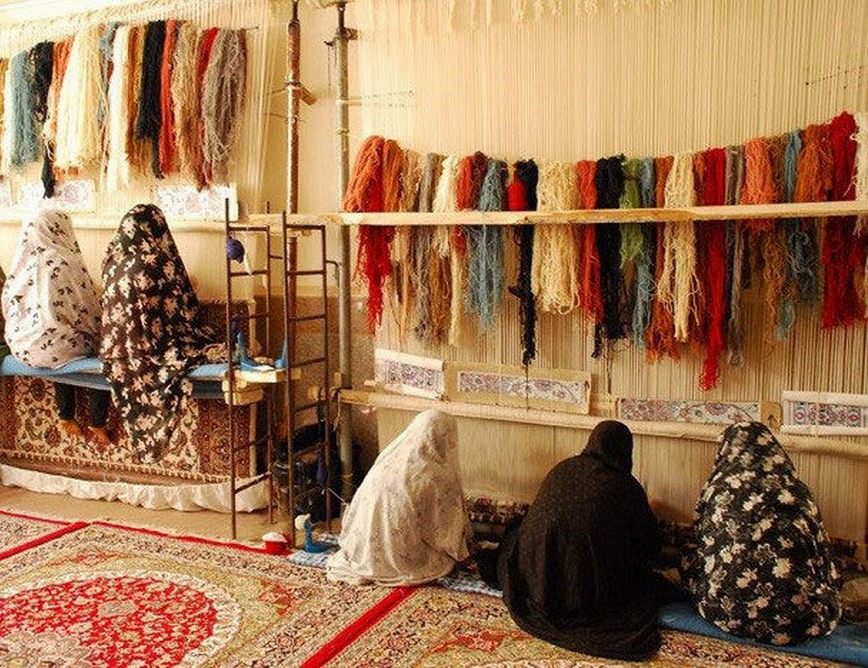
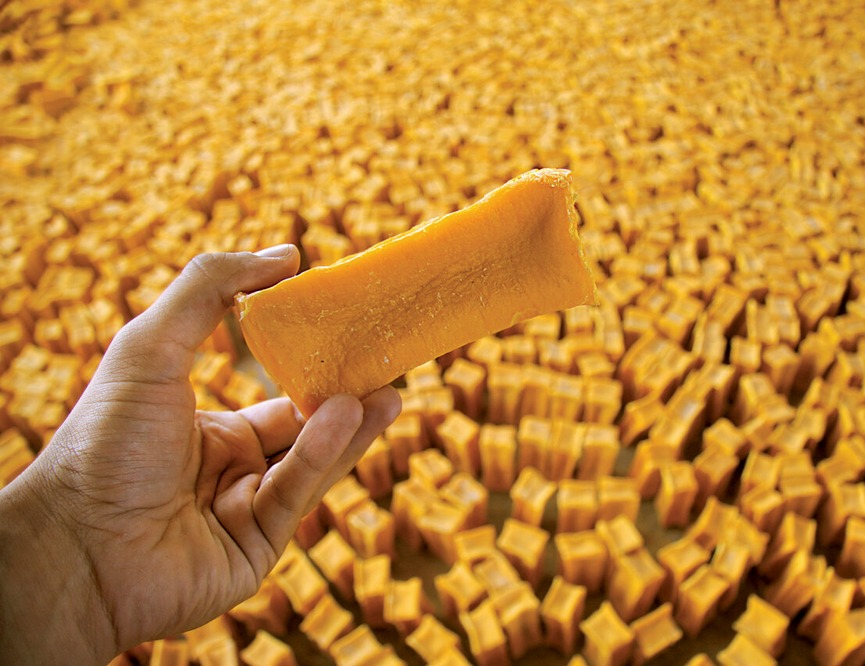
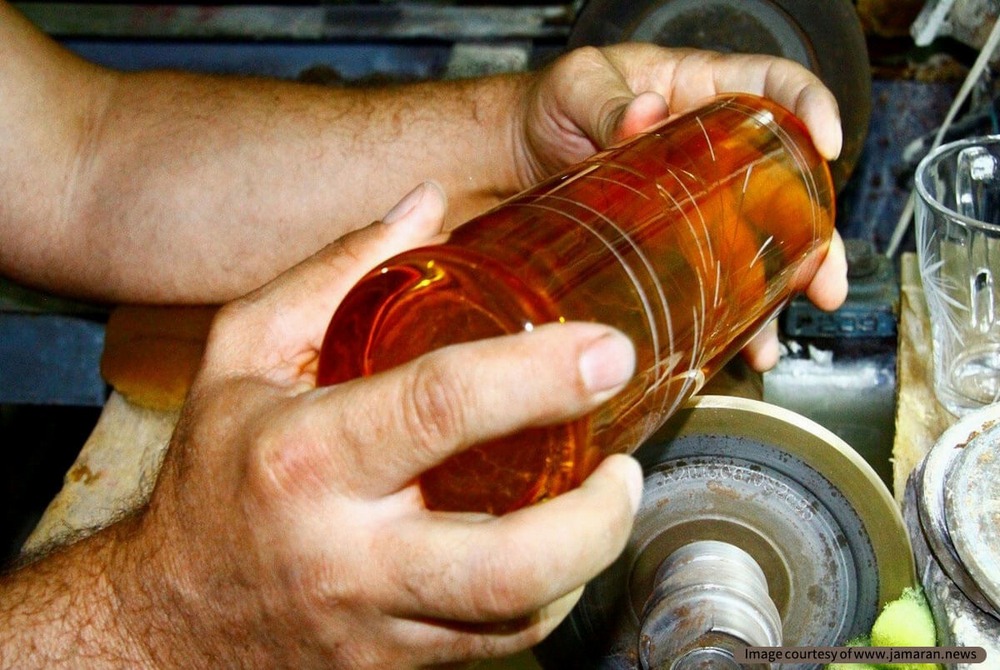
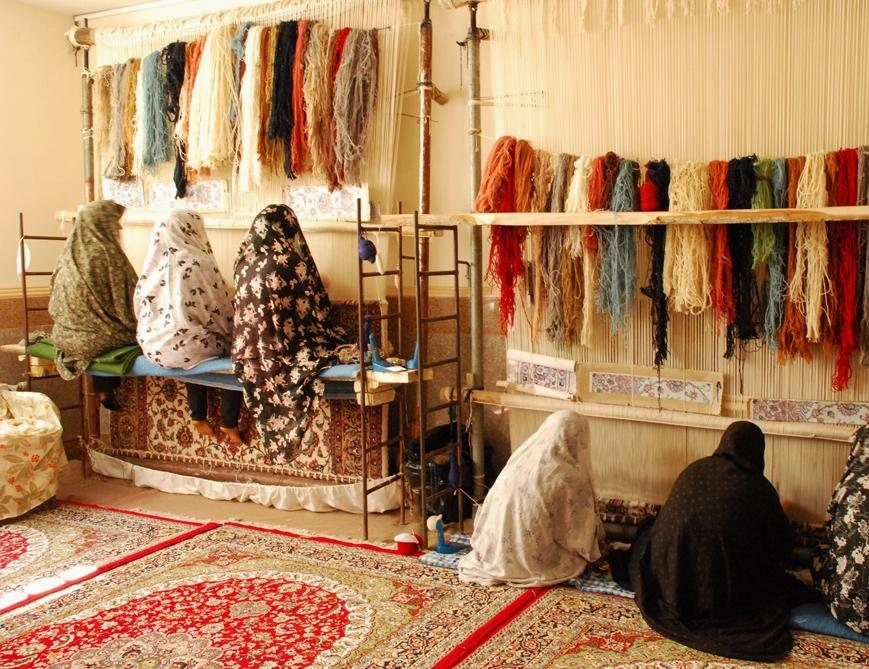
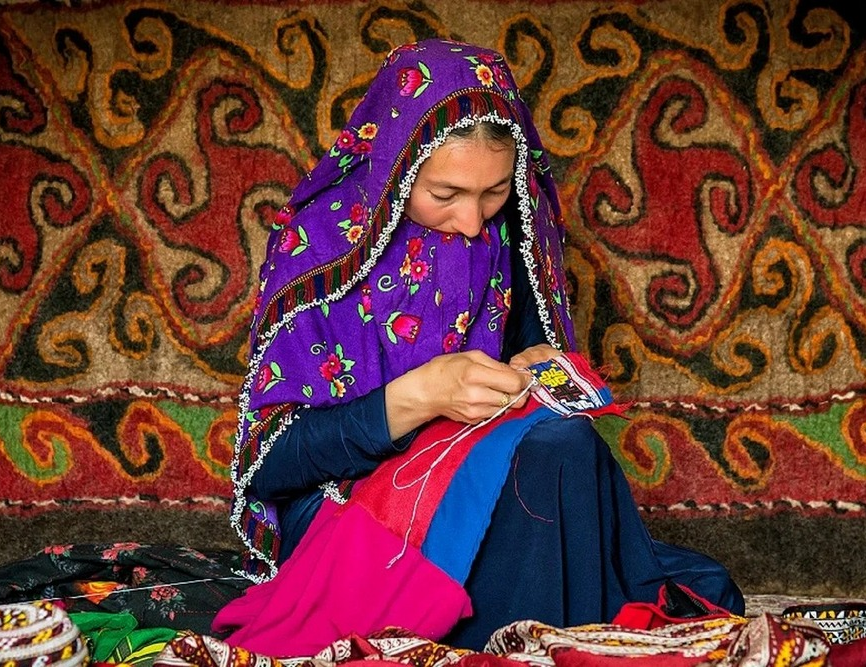
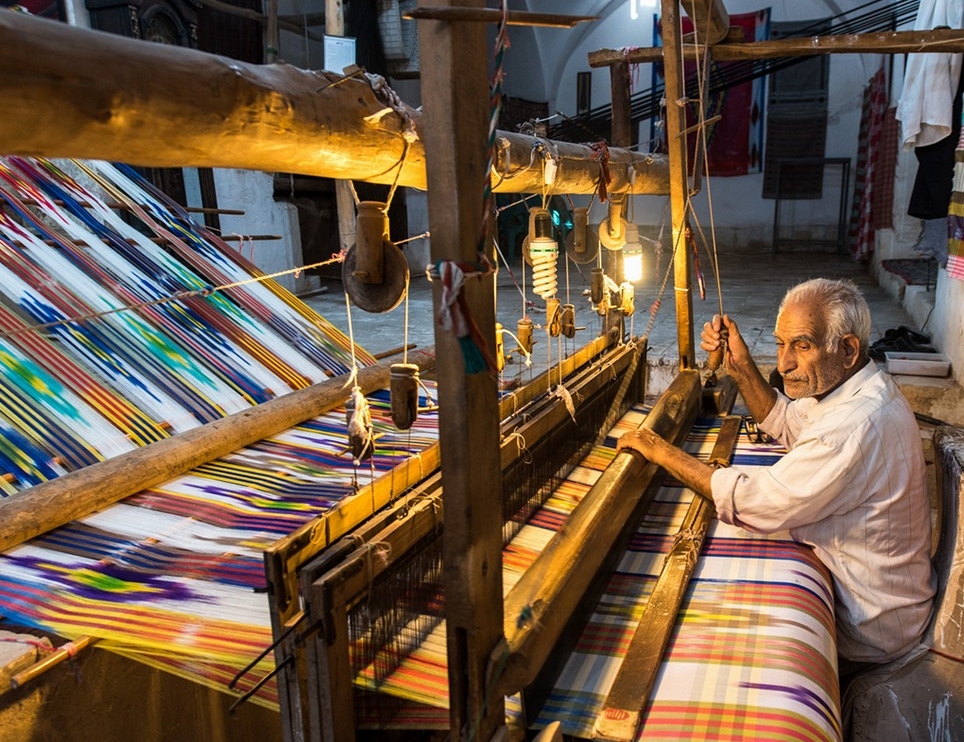
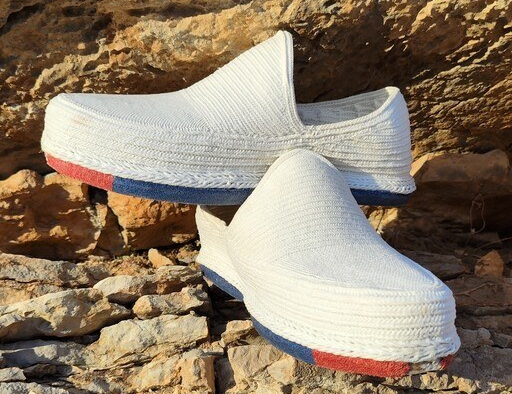
_crop_2.jpg)
